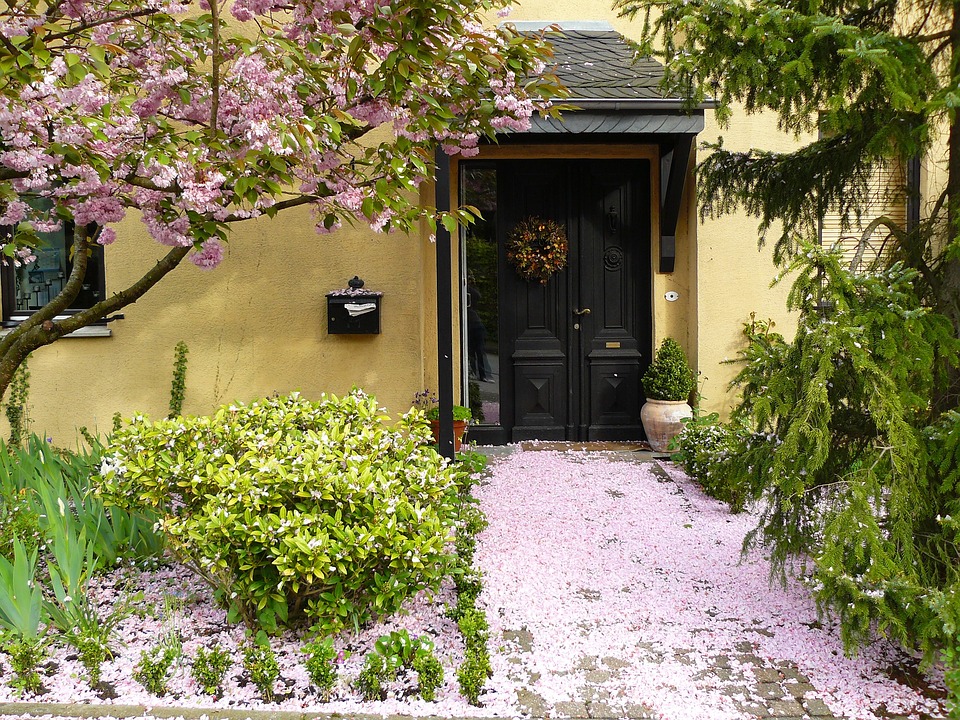Introduction
Gardening has always been a popular hobby, but not everyone has the luxury of an outdoor garden. Indoor gardening is the perfect solution for those who live in apartments, condos, or simply don’t have access to a yard. With some creativity and a little knowledge, you can create a flourishing indoor garden that brings nature inside your home.
Choosing the Right Plants
The success of your indoor garden heavily depends on the plants you choose. Not all plants are suitable for indoor growing, as they have different light, temperature, and humidity requirements. Consider plants like pothos, spider plants, or snake plants, as they thrive indoors with little maintenance. Herbs like basil, mint, and parsley are also great choices for indoor gardening.
Providing Adequate Sunlight
One of the most crucial factors in indoor gardening is ensuring that your plants receive enough sunlight. Place your plants near a south-facing window, which provides the most natural light. If your home lacks sufficient light, you can invest in grow lights specifically designed for indoor plants. These lights mimic natural sunlight and help your plants flourish.
Choosing the Right Containers
The containers you choose for your indoor garden play a significant role in its success. Opt for containers with good drainage to prevent overwatering and root rot. Look for pots made of breathable materials like terracotta or fabric. Ensure that the containers are the appropriate size for each plant, allowing enough root space for growth.
Watering and Humidity
Proper watering techniques are essential for maintaining a healthy indoor garden. Avoid overwatering as it can lead to root rot, fungus, and other plant diseases. Check the soil moisture regularly and water when it feels dry. Additionally, indoor plants often struggle with low humidity. Mist your plants regularly or use a humidifier to increase the humidity levels, especially during the winter months.
Fertilizing Indoor Plants
Since the nutrients in indoor potting soil can deplete over time, it’s important to provide your plants with the necessary nutrients through fertilizing. Choose a balanced fertilizer formulated for indoor plants and follow the instructions on the package. Usually, a monthly or bi-weekly fertilization routine is sufficient for most indoor plants.
Pruning and Maintenance
Regular pruning and maintenance are vital for keeping your indoor garden in top shape. Trim off dead or yellowing leaves to promote new growth. Pinch back leggy stems to encourage bushier plants. Inspect your plants regularly for signs of pests or diseases, and take action immediately to prevent further damage.
FAQs
Q: How often should I water my indoor plants?
A: The frequency of watering depends on factors like plant type, pot size, and environmental conditions. In general, it’s best to check the soil moisture before watering and only water when needed. Overwatering can be more damaging than underwatering.
Q: Can I grow vegetables indoors?
A: Yes, you can grow vegetables indoors. Certain vegetables like cherry tomatoes, peppers, lettuce, and microgreens are well-suited for indoor gardening. Just ensure they receive adequate light, proper containers, and the required care.
Q: How can I prevent pests in my indoor garden?
A: Pests can be a common issue in indoor gardens. Regularly inspect your plants for signs of pests like mealybugs or spider mites. Keep your plants clean by wiping leaves with a damp cloth regularly. If an infestation occurs, you can use organic pest control options or seek advice from a local nursery.
Q: Are there any indoor plants suitable for low-light conditions?
A: Yes, several indoor plants can thrive in low-light conditions. Some great options include pothos, snake plants, ZZ plants, and peace lilies. These plants have adapted to survive in areas with limited sunlight and make excellent choices for low-light indoor environments.
Q: How do I know if my indoor plants are getting enough light?
A: Observe your plants for signs of light deficiency. If the leaves appear pale, elongated, or are leaning towards the light source, it indicates that they aren’t receiving enough light. Consider moving them to a brighter spot or supplementing with grow lights.




